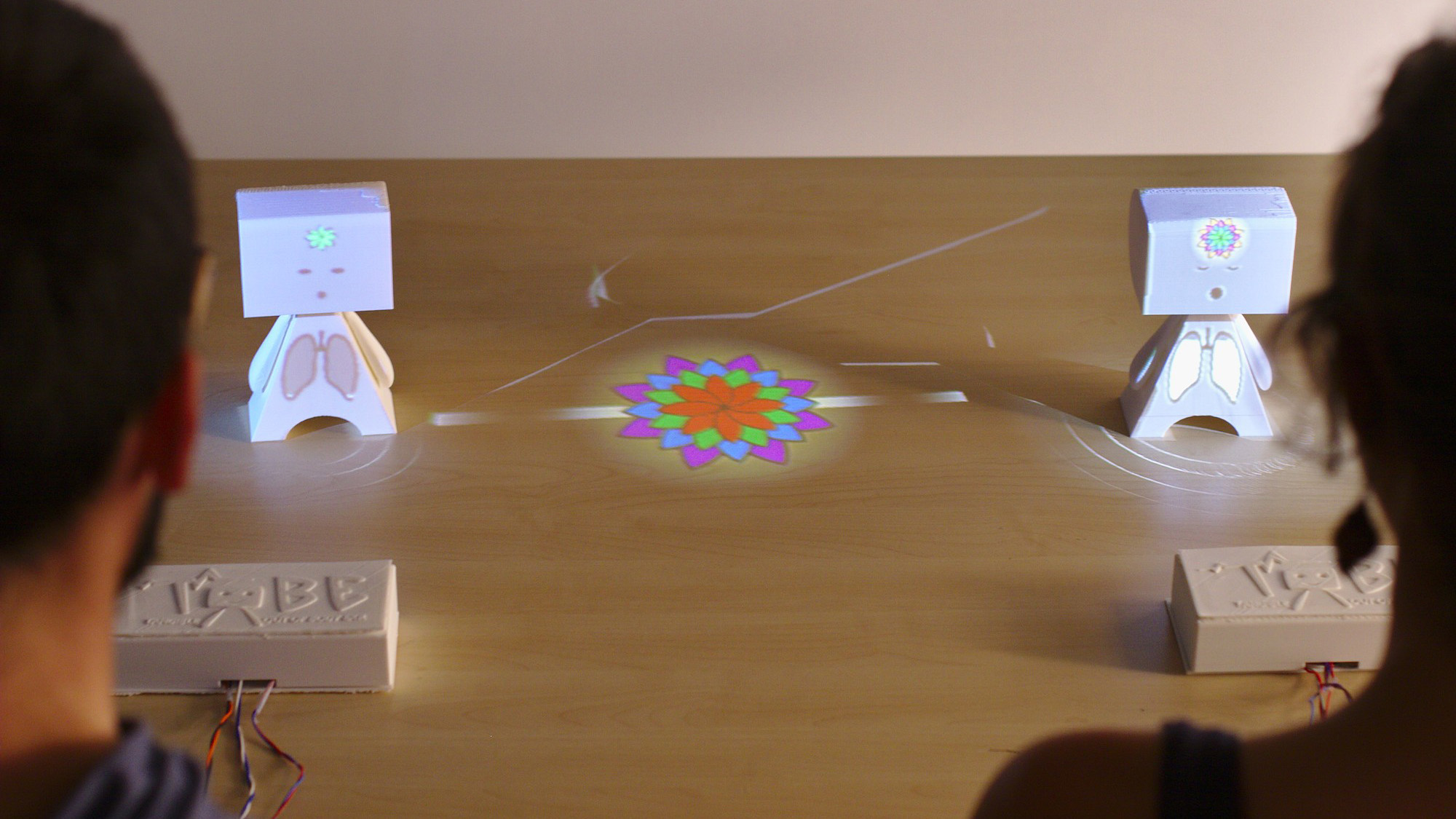Section: Overall Objectives
Overall Objectives
The overall objective of Potioc is to design, to develop, and to evaluate new approaches that provide rich interaction experiences between users and the digital world. Thus, we aim at stimulating motivation, curiosity, engagement, or pleasure of use. In other words, we are interested in popular interaction, mainly targeted at the general public.
We believe that such popular interaction may enhance learning, creation, entertainment or popularization of science that are the main application areas targeted by our project-team. To this end, we explore input and output modalities that go beyond standard interaction approaches which are based on mice/keyboards and (touch)screens. Similarly, we are interested in 3D content that offers new opportunities compared to traditional 2D contexts. More precisely, Potioc explores interaction approaches that rely notably on interactive 3D graphics, augmented and virtual reality (AR/VR), tangible interaction, brain-computer interfaces (BCI) and physiological computing.
|
Such approaches hold great promises in a number of fields. For example, interactive 3D graphics have become ubiquitous in the industry, where they have revolutionized usages, notably by improving work cycles for conception or simulation tasks. However, except for video games, we believe that such approaches are still far from being exploited to their full extent outside such industrial contexts despite having a huge potential for the masses in the areas targeted by our project.
In order to design interactive systems that can be beneficial to many people, and not only expert users, we propose to change the usual design approaches that are generally driven by criteria such as speed, efficiency or precision. Instead, we give more credit to the user experience, in particular criteria such as interface appeal and enjoyment arising from the interface use. Indeed, these criteria have been often neglected in academic research whereas we believe they are crucial for users who are novice with 3D interaction, multisensory spaces, or brain-computer interfaces. An interface with a strong appeal and enjoyment factor will motivate users to use and benefit from the system.
In the Potioc team, we follow a multidisciplinary approach in order to tackle the problem as a whole, from the most fundamental works on human sensori-motor and cognitive abilities and preferences, to the aspects that are linked to the usage and applications, passing through the technical aspects of the interaction, both at a hardware and software level.



